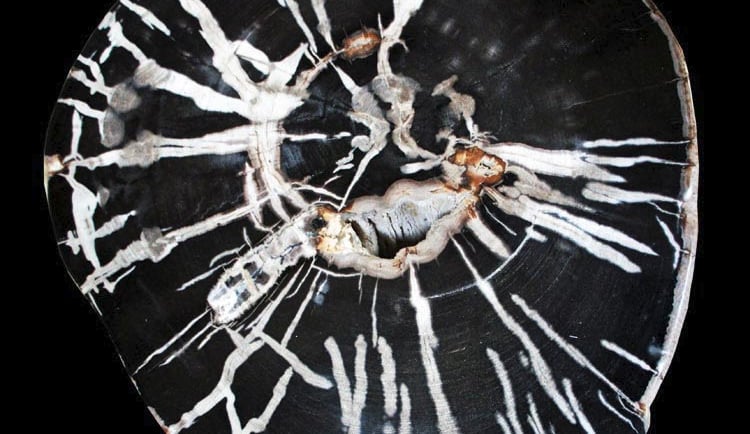The Difference between petrified and fossilised
A question I get asked a lot is why is it not fossilsed wood: It is, but it is more accurate to say petrified
6/13/20251 min read


Petrified and fossilized are related but distinct processes:
Fossilization is the broader term for any process that preserves evidence of ancient life in rock. This includes many different types of preservation like impressions, molds, casts, or actual remains. Fossils can form through various methods - sometimes the original material dissolves away leaving just an impression, or minerals fill in spaces to create a cast.
Petrification is a specific type of fossilization where the original organic material is gradually replaced by minerals (usually silica, calcite, or pyrite) while maintaining the original structure. The word literally means "turned to stone." During petrification, groundwater carrying dissolved minerals seeps into the organism's tissues, and over time the minerals crystallize and replace the organic material molecule by molecule.
So petrified wood, for example, is wood that has been turned to stone through mineral replacement - you can still see the wood grain and cellular structure, but it's now made of rock. This is a subset of the larger category of fossils.
Think of it this way: all petrified specimens are fossils, but not all fossils are petrified. A dinosaur footprint preserved in mud is a fossil but not petrified, while petrified wood is both fossilized and petrified.
